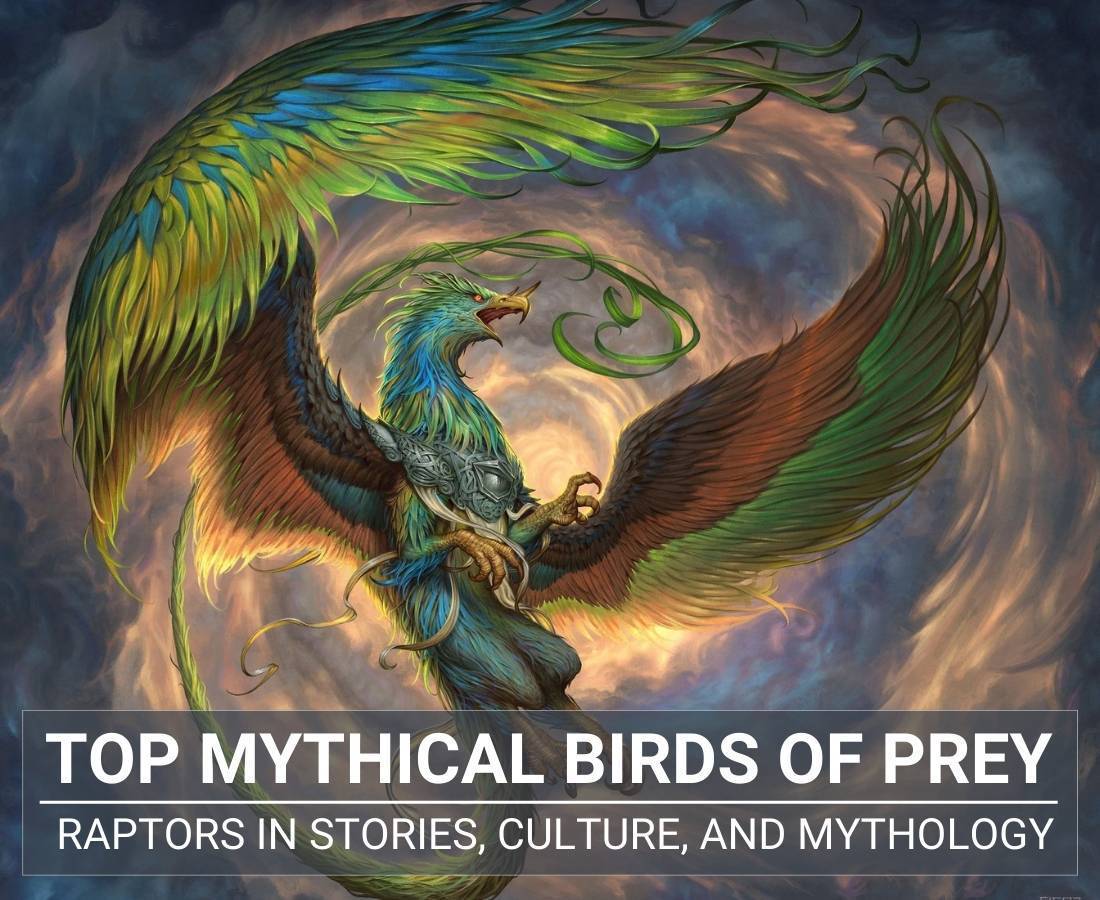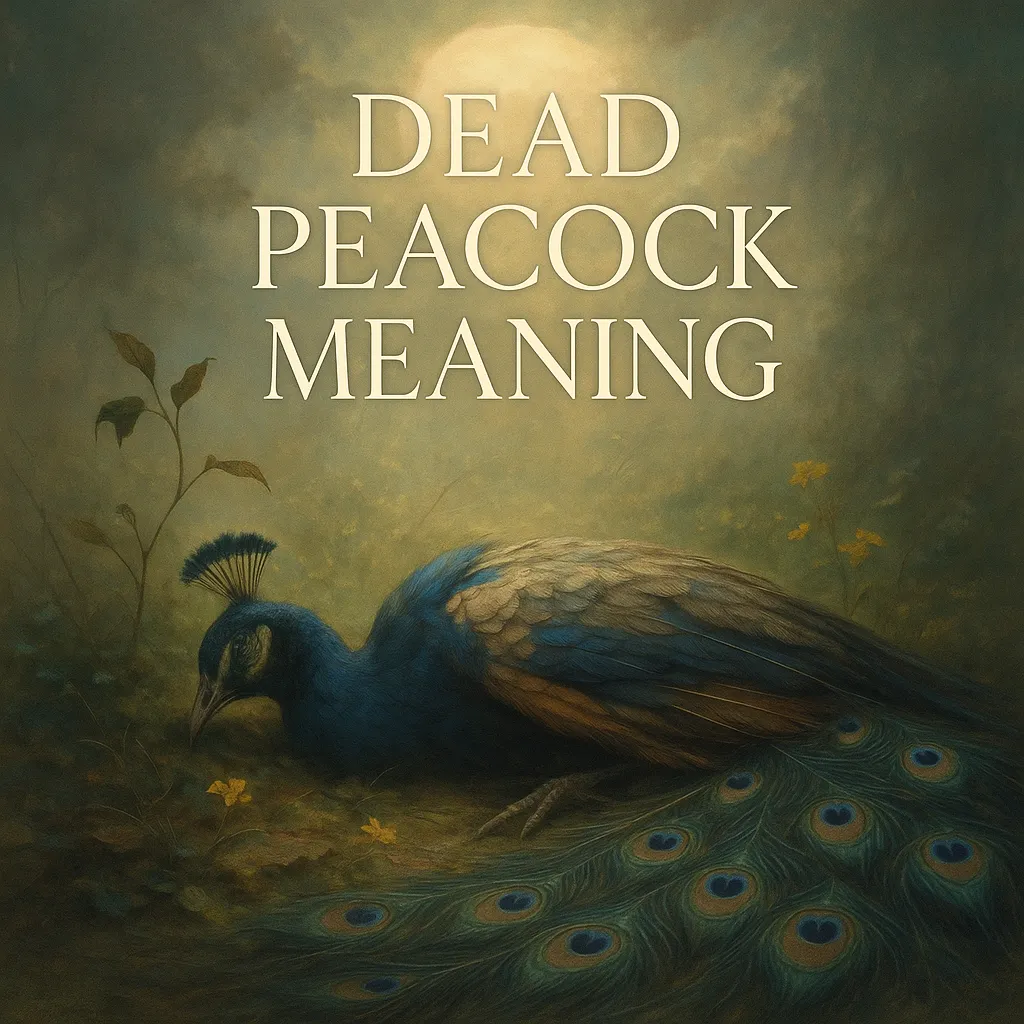Birds of prey are predatory birds that feed on other animals. In certain stories, cultures, and mythology, there are depictions of mythical birds of prey that carry many of the same characteristics as common birds, such as the hawk, vulture, and their own.
Due to their mythical nature, they are much more abstract and fantastical than birds of the real world.
Do you know what a harpy is? Mythical birds of prey come in all shapes and sizes, but they all have one thing in common: they’re deadly predators. In this blog post, we’ll take a look at some of the most famous mythical birds of prey and explore their origins and symbolism. Whether it’s the harpy from Greek mythology or the Thunderbird from Native American legend, these creatures are sure to fascinate you!
Table of Contents
- 1 Key Takeaways
- 2 Griffins
- 3 Hippogriff
- 4 Harpies
- 5 Turul
- 6 Roc
- 7 Thunderbird
- 8 Poukai
- 9 Exploring the Magnificent World of Mythical Birds of Prey
- 10 Legendary Birds of Prey in World Mythology and their powers
- 11 Sources
- 12 FAQ
- 12.1 What are some examples of mythical birds of prey across different cultures?
- 12.2 How do mythical birds of prey differ from real birds of prey?
- 12.3 What symbolic importance do mythical birds of prey hold?
- 12.4 What is the Thunderbird and why is it significant?
- 12.5 Are mythical birds of prey still relevant in modern culture?
- 12.6 How did ancient cultures explain the origins of mythical birds of prey?
- 12.7 What are some lesser-known mythical raptor species?
Key Takeaways
- Mythical birds of prey are fantastical creatures that combine characteristics of common birds like hawks and vultures with exaggerated and supernatural qualities, making them more abstract and powerful than their real-world counterparts.
- These legendary raptor-like creatures appear frequently in ancient mythology across cultures, often associated with specific deities and divine powers due to their ability to fly between realms.
- Famous examples include the Griffin (eagle-lion hybrid), the Hippogriff (eagle-horse hybrid), and the Thunderbird from Native American legends, each with unique powers and symbolic meanings.
- Many mythological birds represent specific traits such as protection, strength, and power, which explains their continued popularity in modern books, films, and other media.
- While these mythical raptors vary widely in appearance and abilities—from the elephant-carrying Roc to the thunder-creating Thunderbird—they all share predatory characteristics and hold significant cultural importance in their respective mythologies.
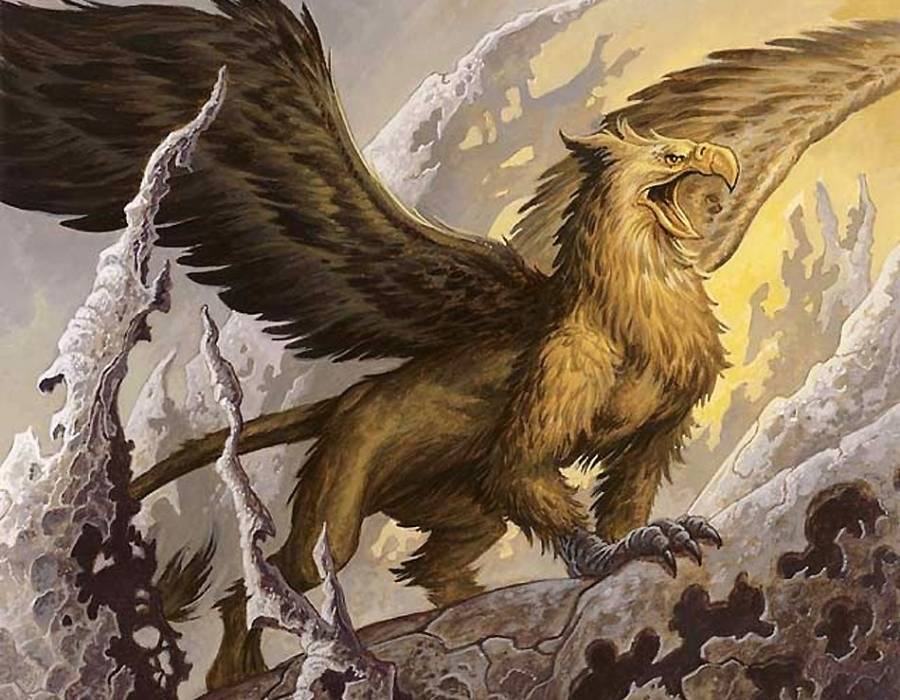
Griffins
Griffins are said to have the head, beak, and talons of an eagle and the body, hind legs, and tail of a lion. Griffins are said to be very large birds, with some reports claiming they can reach up to 12 feet.
There are many origin stories for griffins, with some cultures believing that they are the offspring of eagles and lions, while others believe they are simply celestial beings. Regardless of their origin, griffins have long been associated with strength and power.
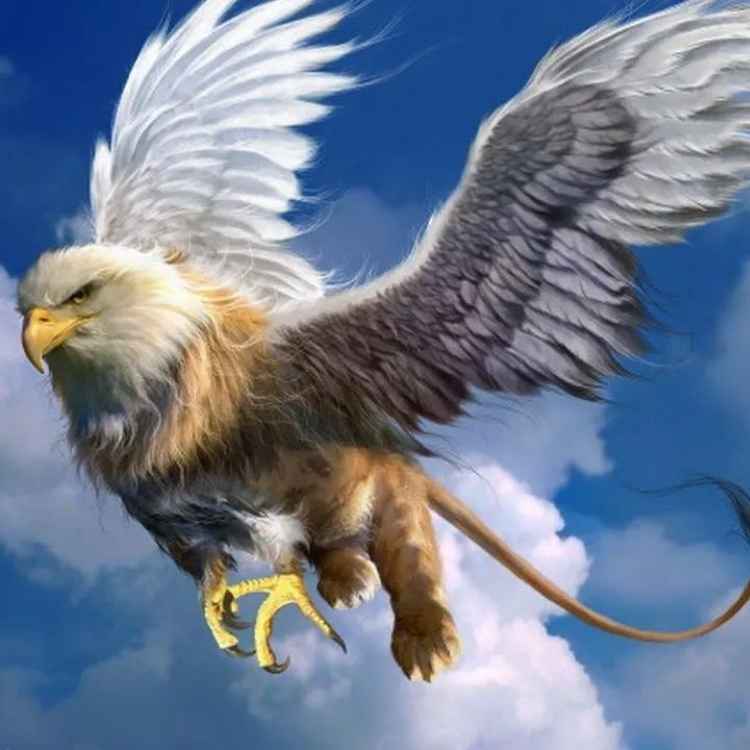
In ancient Greece, for example, griffin statues were often placed outside of temples as a way to ward off evil spirits.
Hippogriff

A hippogriff is a mythical bird of prey with the head, beak, talons, and wings of a giant eagle and the body, hind legs, and tail of a horse. It was said to be the offspring of a mare and a Griffon. The Hippogriff was considered a very powerful creature and was often used as a symbol for the god Apollo.
Hippogriffs play a small but significant role in J.K. Rowling’s Harry Potter series. Harry and his friends Ron Weasley and Hermione Granger meet Buckbeak, Hagrid’s pet hippogriff in Harry Potter and the Goblet of Fire.
Check out this video for more information on the Hippogriff!
Harpies
Harpies are mythical creatures that are part woman and part bird. They have a woman’s head and torso and a vulture’s wings and talons. In Greek mythology, they are the daughters of Typhon and Echidna.
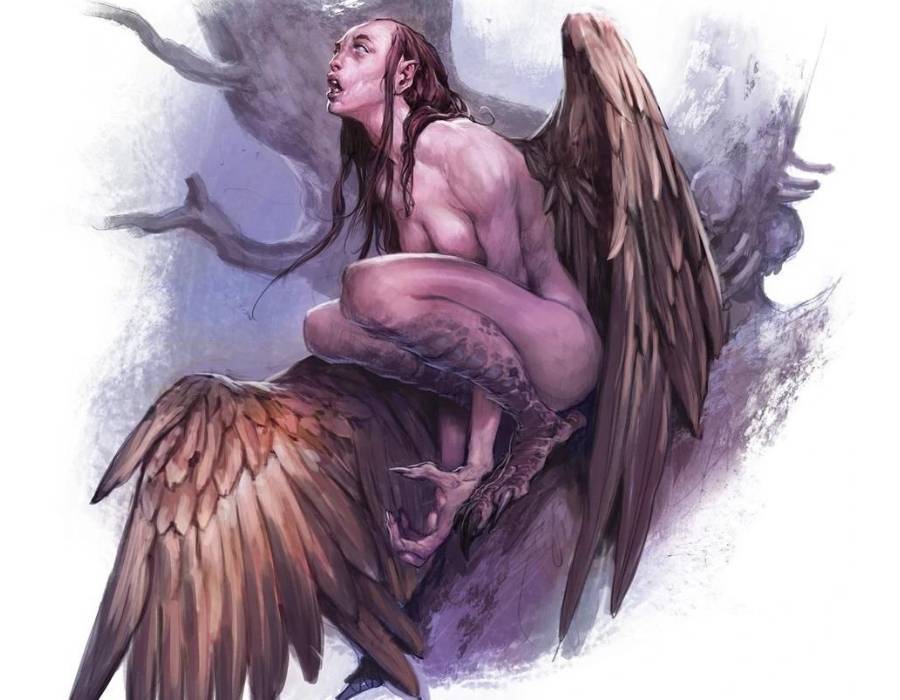
Harpies are known for their terrible screams, which can paralyze their victims with fear. They also have a habit of stealing food from others. In some stories, they are also said to be able to transform themselves into other animals.
Harpies are usually depicted as evil creatures, but there are some stories in which they help heroes on their quests
Turul
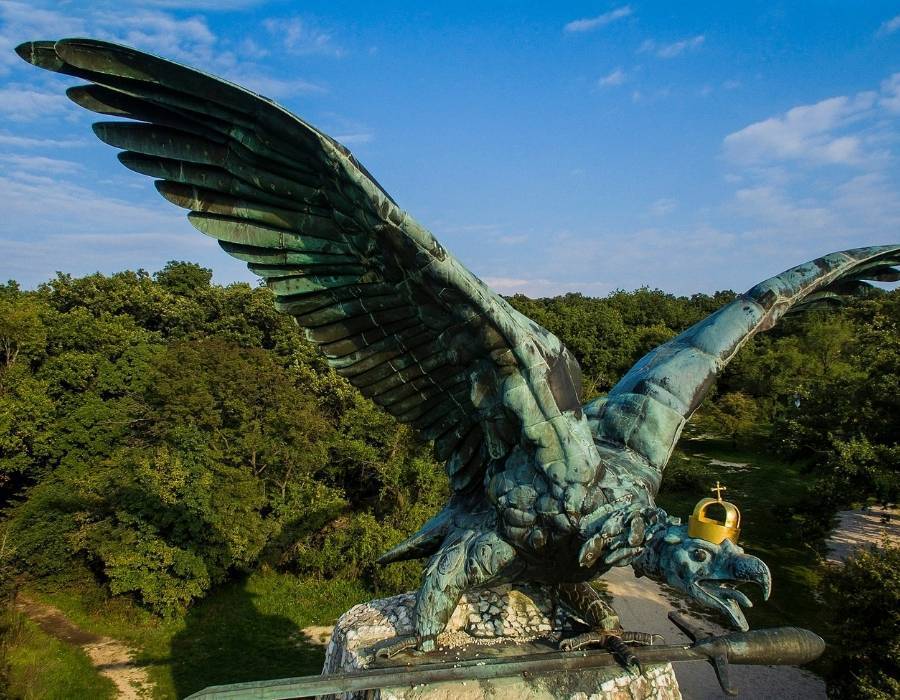
The Turul is a mythical bird of prey from Hungarian mythology. The Turul is described as a large, powerful bird with glowing eyes.
It is said to have red eyes and black feathers and is often associated with fire. The Turul is also a symbol of strength and power and is often seen as a protective spirit.
The Turul is associated with storms and thunder and is said to be the spirit of the wind. It is also said to be the king of all birds and associated with strength and power.
Roc
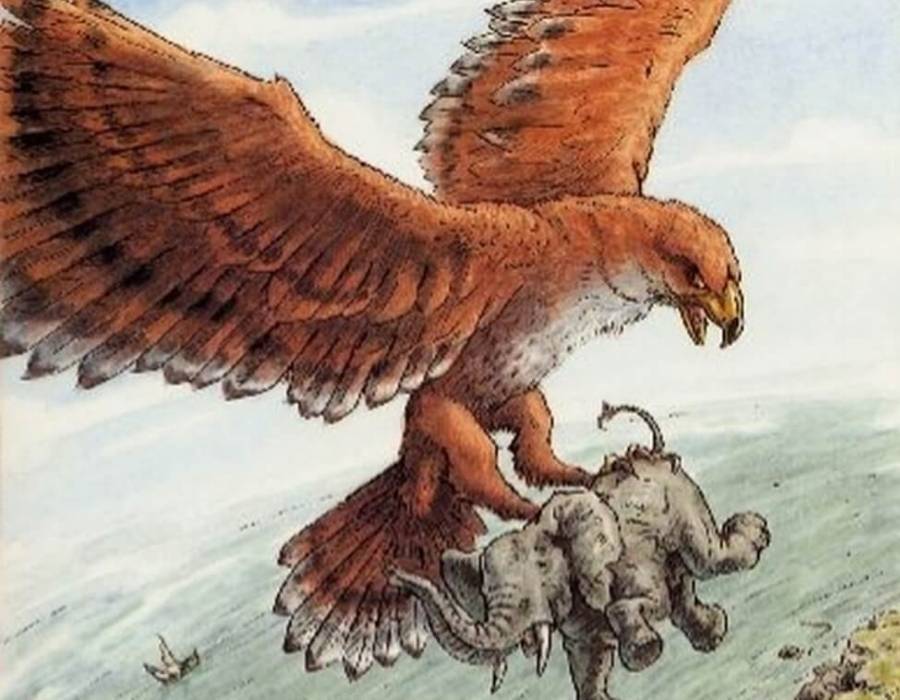
Rocs are said to be huge, with a wingspan reaching up to 100 feet. They are also said to be very powerful and able to carry off elephants and other large animals.
Some stories say that rocs are friendly birds, while others say they are fierce and dangerous. Rocs usually live in mountains or cliffs, and their nests are very difficult to reach.
It is also said to have a large wingspan to block out the sun. The Roc is native to the Arabian Peninsula and is said to live in the mountains.
This bird is considered to be a very powerful creature and is said to be able to crush a human with one hand. It is also said to be immune to all weapons. The Roc is feared by many people and is often used in stories as a symbol of terror.
Thunderbird
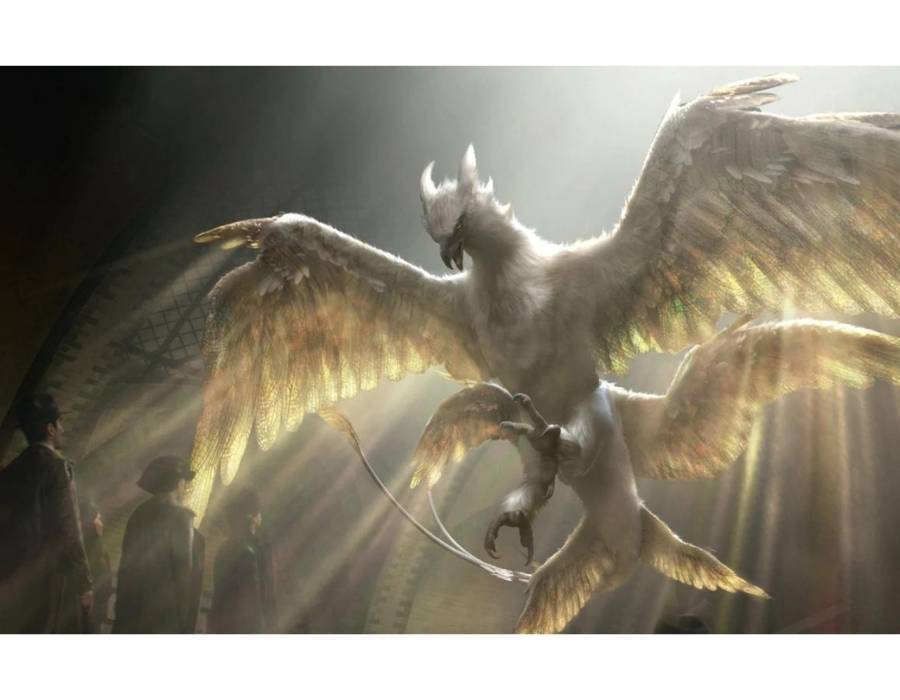
The Thunderbird is a mythical bird of prey that is said to inhabit the mountains and forests of North America. This powerful creature is said to have the ability to create thunder and lightning and is often associated with storms.
The bird is often described as very large, with a wingspan reaching up to 12 feet. The Thunderbird is also said to have a very loud and powerful cry, which sounds like thunder.
The bird is typically associated with storms and bad weather and can control the weather by flapping its wings. The Thunderbird is also said to be able to transform into a human form and is often depicted as a powerful warrior.
Poukai
Poukai(s) are large, mythical birds of prey that are said to inhabit the mountains of New Zealand. The Poukai is usually large and black, with sharp talons and beaks. They may also have wings made of fire or feathers that can cut through flesh.
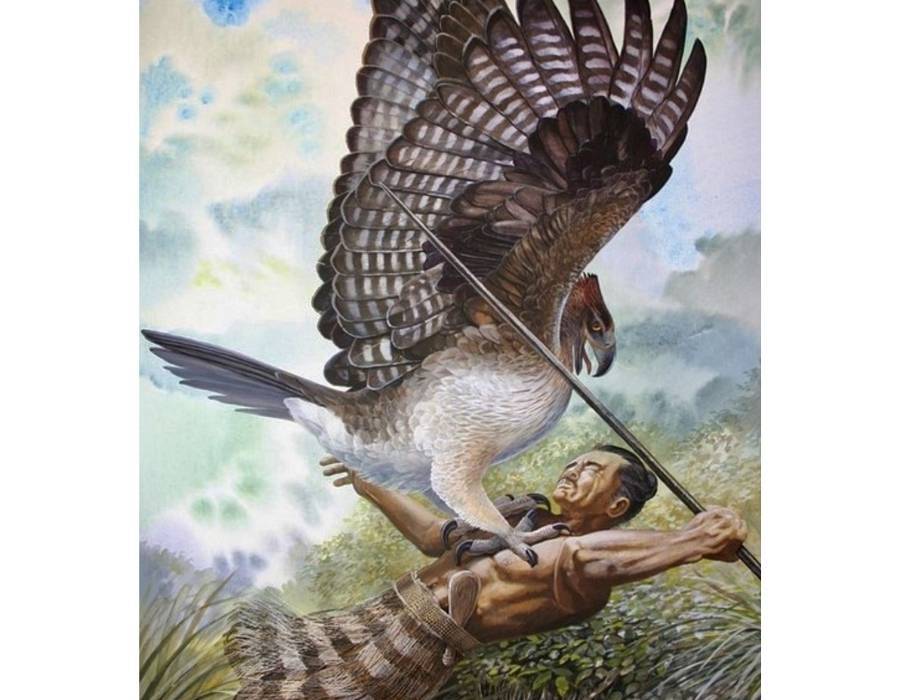
They are very aggressive, and their cries sound like human screams. Poukai is also said to be able to kill with just a glance.
Some believe these creatures may be based on real birds, such as the harpy eagle or the Andean condor.
Whether or not they exist, poukai are integral to Maori mythology and culture. They represent strength and power and are often seen as omens of death. For many, the poukai is a feared and respected creature.
Exploring the Magnificent World of Mythical Birds of Prey
Throughout history, humans have been fascinated by the powerful predatory birds that rule the skies. This fascination extends beyond real-world raptors to the creation of legendary avian hunters that appear in mythologies worldwide. These mythical birds of prey captivate our imagination with their extraordinary abilities and fearsome appearances, often serving as powerful symbols in various cultures.
The Diverse Taxonomy of Legendary Raptors
Unlike their real-world counterparts, mythological birds of prey don’t conform to standard biological classifications. From the magnificent Thunderbird of Native American lore to the elephant-carrying Roc of Arabian tales, these creatures represent some of the coolest birds of prey ever conceived. What makes these avian predators particularly fascinating is how they blend recognizable raptor characteristics—sharp talons, hooked beaks, and keen eyesight—with supernatural abilities like weather control, enormous size, or magical powers.
Cultural Significance and Symbolic Power
The names of mythical raptors often reveal their cultural origins and symbolic meanings. The fierce Harpy, with its woman’s face and vulture’s body, represented divine vengeance in Greek mythology. The Hungarian Turul symbolized ancestral guidance and national identity. These varied mythical hawk creatures and other legendary birds of prey weren’t merely fantastical inventions—they embodied cultural values, fears, and aspirations. Whether serving as messengers between worlds or guardians of sacred spaces, these creatures held profound significance for the people who told their stories.
Beyond the Common Legends
While the Griffin and Thunderbird may be familiar to many, countless lesser-known mythical creatures with raptor characteristics exist across world traditions. The Persian Simurgh, the Egyptian Bennu, and the Chinese Fenghuang represent just a few examples of the rich diversity of mythological birds of prey. Each possesses distinct attributes that reflect their cultural origins—from healing powers to resurrection symbolism—expanding our understanding of how different societies conceptualized these powerful aerial hunters. The names of raptors in mythology often hint at their special abilities, with many representing cosmic forces like storms, fire, or divine judgment.
Legendary Birds of Prey in World Mythology and their powers
| Bird name | Signature power / attribute | Appears in (myth / text) | Country / culture of origin |
|---|---|---|---|
| Garuda | Colossal speed and strength; devours serpents and serves as the mount of Vishnu | Mahābhārata, Rāmāyaṇa and many Purāṇas | India (Hindu) |
| Roc (Rukh) | Vast size—able to lift elephants and whales in its talons | The Arabian Nights (Sinbad cycle) | Medieval Arab‑Persian world (Indian Ocean lore) |
| Thunderbird | Commands thunder, lightning, storms and rain; protector spirit | Oral traditions of Ojibwe, Lakota, Kwakwakaʼwakw and other First Nations | North America (Indigenous peoples) |
| Simurgh | Healing feathers, prophetic wisdom, strength to carry mountains | Ferdowsi’s Shāhnāmeh and earlier Zoroastrian texts | Iran / Persia |
| Phoenix | Cyclic rebirth in flames; embodies immortality and renewal | Greco‑Roman writers (Herodotus, Ovid) building on Egyptian Bennu | Greece / Hellenistic Egypt |
| Fenghuang | Harmonises yin‑yang, brings virtue and prosperity; royal emblem | Shan Hai Jing, Han‑dynasty annals, later imperial symbolism | China |
| Ziz | Cosmic bird whose wings can block the sun; guardian of skies | Midrashic and Talmudic literature | Ancient Israel (Jewish) |
| Anzu (Imdugud) | Storm‑bringing lion‑headed eagle; steals the Tablet of Destinies | Sumerian & Akkadian epics (Lugal‑e, Anzû Myth) | Mesopotamia |
| Bennu | Solar‐bird linked to creation and daily sunrise; precursor of the Phoenix | Book of the Dead, temple hymns of Heliopolis | Ancient Egypt |
| Firebird (Zhar‑ptitsa) | Glowing plumage that lights the night; object of heroic quests | East‑Slavic folk‑tales (e.g., Ivan Tsarevich and the Firebird) | Russia / Slavic Europe |
These ten raptors (or raptor‑like beings) dominate their respective mythscapes with powers ranging from weather control to resurrection, making them enduring symbols of might and mystery.
Sources
- https://www.wizardingworld.com/features/pottermore-guide-to-hippogriffs
- https://www.britannica.com/topic/hippogriff
- https://www.britannica.com/topic/griffin-mythological-creature
- https://dailynewshungary.com/turul-the-mystical-hungarian-mythological-bird/
- https://birdscoach.com/the-hidden-mystery-behind-roc-bird/
- https://www.legendsofamerica.com/thunderbird-native-american/
- https://cryptidz.fandom.com/wiki/Poukai
- https://www.greekmythology.com/Myths/Monsters/Harpies/harpies.html
- https://www.maori.info/maori_history.htm
FAQ
What are some examples of mythical birds of prey across different cultures?
Examples include the Griffin (Greek, with eagle head and lion body), the Thunderbird (Native American, controls weather), the Roc (Arabian, carries elephants), the Simurgh (Persian, with healing powers), the Bennu (Egyptian, symbol of resurrection), and the Fenghuang (Chinese, representing harmony).
How do mythical birds of prey differ from real birds of prey?
Mythical birds of prey possess supernatural qualities beyond their natural counterparts, including enormous size, control over elements (weather, fire), magical powers, immortality, and hybrid forms combining features of multiple animals. They often serve as divine messengers or guardians in their respective mythologies.
What symbolic importance do mythical birds of prey hold?
These creatures symbolize power, freedom, divine connection, and transcendence across cultures. They often represent cosmic forces, serve as guardians of sacred spaces, act as messengers between worlds, and embody cultural values like courage, wisdom, protection, or vengeance.
What is the Thunderbird and why is it significant?
The Thunderbird is a legendary creature from Native American mythology, believed to create thunder by flapping its wings and lightning by blinking its eyes. It symbolizes power, protection, and strength, serving as a sacred spirit in many tribal traditions.
Are mythical birds of prey still relevant in modern culture?
Absolutely. These legendary creatures appear throughout contemporary media including books (Harry Potter’s hippogriff), films, video games, logos, and artwork. They continue to fascinate us as powerful symbols of freedom, strength, and the supernatural, inspiring modern storytelling and imagery.
How did ancient cultures explain the origins of mythical birds of prey?
Many cultures attributed divine origins to these creatures, describing them as created by gods, descended from cosmic forces, or evolved from primordial beings. Some myths portrayed them as transformed humans or animals, while others suggested they emerged from natural elements like storms or fire.
What are some lesser-known mythical raptor species?
Lesser-known mythical raptors include the Hungarian Turul (ancestor-guide), the Slavic Firebird (brings blessing or doom), the Senmurv (dog-bird-fish creature from Persia), the Minokawa (moon-eating bird from the Philippines), and the Caladrius (healing bird from Roman mythology).
